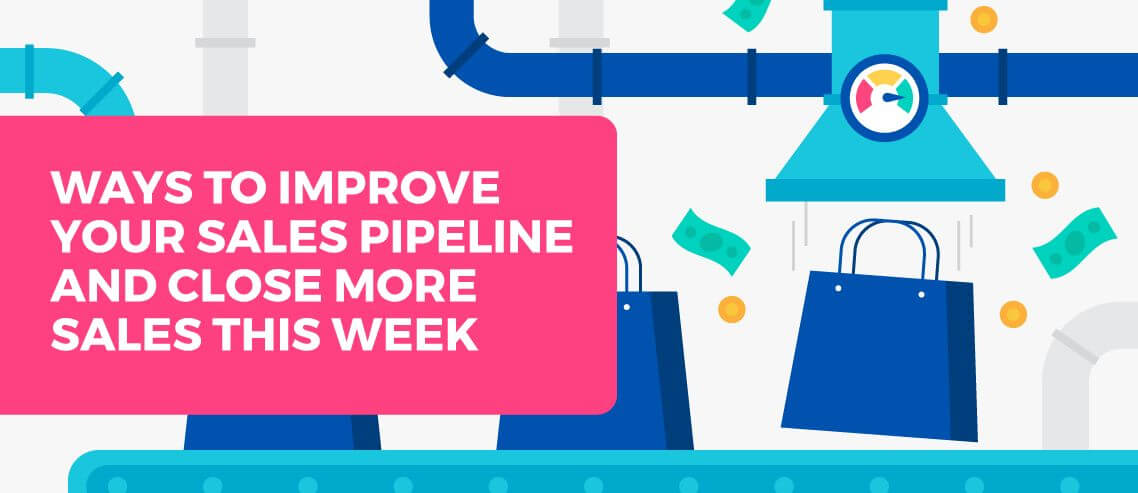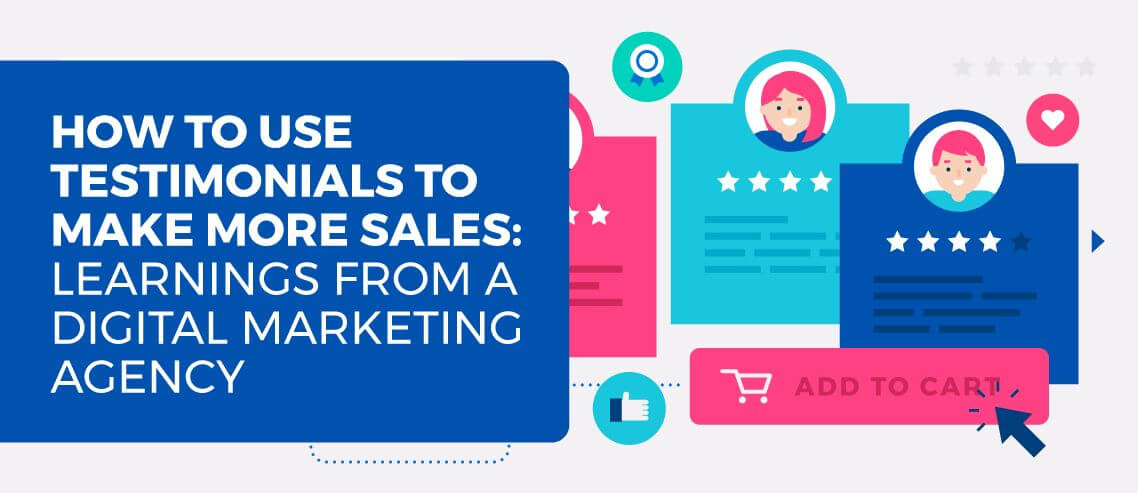What Is A Sales Funnel? Everything You Need To Know
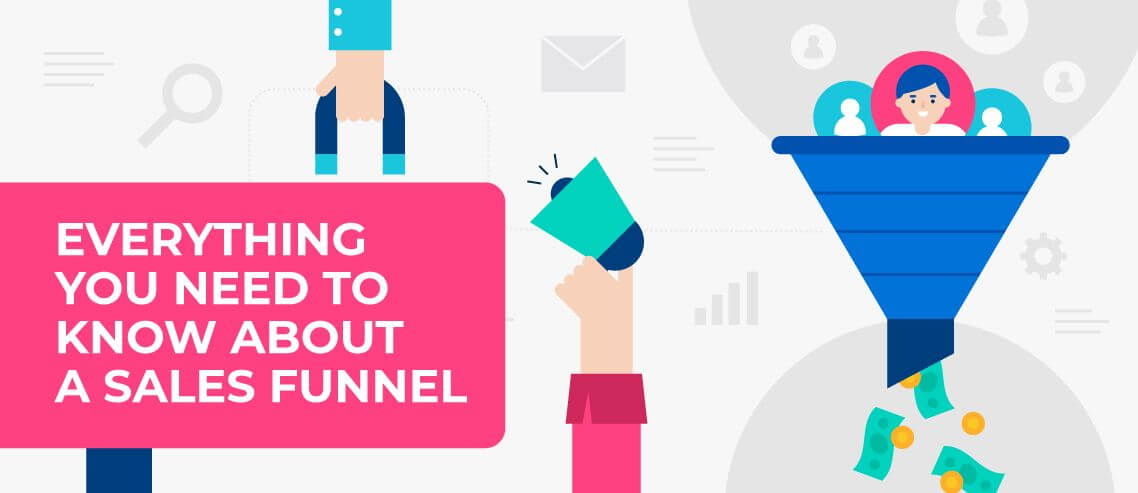
Contents
A recent survey found that 50% of sales reps avoid being pushy when approaching buyers, while 84% of buyers felt this wasn’t the case.
So, where’s the disconnect?
We’d wager that a lot of sales organizations aren’t utilizing a sales funnel. With a sales funnel, you’re avoiding the pushiness by making sure your conversations are highly relevant at all times.
You ask questions in certain parts of the funnel and push for the sale in others. Get your wires crossed, and they’ll sprint to the nearest competitor. The hard truth is that your prospective customers have a lot of options.
To make a sale, you’ve got to set the perfect conditions. That’s where an optimized sales funnel makes all the difference. Without one, you might as well be guessing. With one, you’re on the path to record sales.
Here’s everything you need to know about sales funnels:
What Is a Sales Funnel?
A sales funnel maps the journey a prospective customer goes through when purchasing products or services.
Creating a sales funnel helps identify possible holes in the process where prospects are losing interest. Sometimes it’s as easy as changing your sales copy or reworking your pricing structure. Other times it requires a complete overhaul of your sales funnel.
Ultimately, you’ll never know where you stand until you create one. It’s also worth noting that sales funnels are not static – they’re constantly changing and evolving to meet your customer’s needs. Each stage of your funnel requires finesse. Say the wrong thing at the wrong time, and you could scare them away.
What Are the Stages of a Sales Funnel?
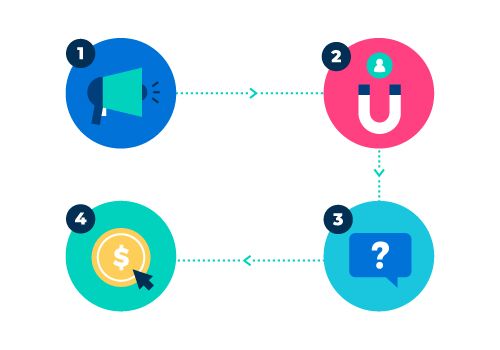 Most sales funnels are divided into multiple steps, which vary based on industry and other factors. The most common sales funnel has four key steps that you can easily remember with the acronym AIDA. That’s Attention, Interest, Decision, Action.
Most sales funnels are divided into multiple steps, which vary based on industry and other factors. The most common sales funnel has four key steps that you can easily remember with the acronym AIDA. That’s Attention, Interest, Decision, Action.
Let’s break down what each means:
Awareness
At this stage, a prospect becomes aware of your company and has a vague understanding of what you offer. Typically, a prospect is either actively seeking answers to a specific problem or happens to stumble upon a challenge that directs them to you through one or many channels.
The best way to get on a prospect’s radar is by putting yourself out there with content. Here are a few examples of awareness generating content:
- Articles
- Webinars
- Podcasts
- Advertisements
- Paid search & landing pages
Sometimes fate collides your organization with a prospect, and they immediately pull out their credit card or request a call with your sales department. That right-place, right-time, right-everything scenario isn’t as common as you think.M
ore often than not, the awareness stage acts as a courtship. One where you’re expected to woo them into requesting more information or engaging with your business in another capacity. If you’re lucky, you’ll strike the right balance of product-fit and trustworthiness to garner not only their attention but their interest. Let’s move onto the next step:
Interest
As prospects move down the funnel from awareness, they’ll find themselves in the interest stage. Interest equates to comparison shopping, in-depth research, and mulling over their various options.
At the interest stage, you’ll excel by providing the absolute best content you have to offer. Content that helps them do research and builds trust. Some notable examples of interest content are:
- Web content
- Email campaigns
- Social media pages
- Blog posts
- Newsletters
Remember, content in the interest phase doesn’t sell to clients. It exists merely to spark engagement and keep their interest. You want to wow them with your content. Ideally, it will display expertise and that you have the capacity to solve their problems or help them achieve greatness. If you go in for the sale in the interest phase, you’re liable to push them away.
Decision
As prospects slide further down the funnel, they’ll eventually find themselves in the decision stage. You have their attention, and they want to know as much as possible so they can make a confident buying decision.
It’s important to note that you may have their attention, but they may still be weighing your offer against two or three competitors.
It’s not a done deal yet.
The best thing you can do when you have clients in the decision phase is to make your best offer. Sell benefits, not features. Offer perks like free shipping, bonus products, discount codes. You name it. Make it irresistible.
Sometimes you’ll see negotiation in this stage as well. Content doesn’t go away in the decision phase – it merely morphs into something they’ll expect to help them make an informed decision. Here are some examples of decision content:
- White papers
- eBooks
- Brochures
- Microsites
If you succeed in the decision phase, they’ll move onto the next step. If not, they’ll go back to the interest stage and keep doing research. Or worse, they’ll go to a competitor.
Action
You can probably guess what this stage is all about: purchasing. Some examples of helpful content at this final stage are:
- Case studies
- Datasheets
- Testimonials
- E-learning portals
All content in this phase should end with a strong call-to-action.
In the action phase, it’s also important to make it as easy as possible for them to say yes. Seriously, it should feel effortless at this point. Don’t have them jump through hoops to make the decision. Here are some examples to convey the point:
- The payment process should be straightforward. Don’t make them repeat all their demographic information you should have on file already. Make sure you accept all forms of payment.
- Provide any onboarding instructions that go with their purchase, so it’s crystal clear what’s next and how to get help if they need it.
- Ensure all shipping or processing times are clearly explained. They should know when to expect to receive what they purchased, and a specific follow up process if they don’t for whatever reason.
- Pause and ask if they have further questions. Eradicate hesitation and buyer’s remorse by being as helpful as possible in the action phase.
The easier people get through the purchasing process, the more likely they’ll go through with it again and return to make additional purchases.
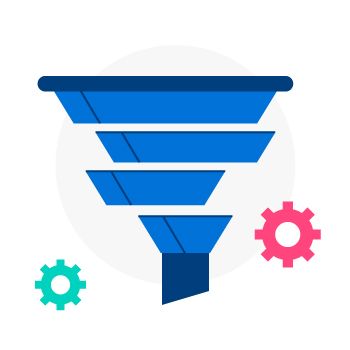
How to Build a Sales Funnel
Your sales funnel is only as effective as the work you put into it. Sure, some products will sell themselves, but the vast majority require constant experimentation and tweaking to find the proper sales funnel structure. Here’s a blueprint you can use:
Research Your Target Audience
Understanding your audience will always be priority number one. If you do it right, you’ll figure out:
- Where they tend to congregate and seek answers
- How you can effectively address their pain points
- Which way to properly position your product or service
At a minimum, your research should answer the following questions:
- What are their fears, frustrations, and pain points?
- What are their goals, desires, and aspirations?
- Which social media platforms are they active on?
- What products or services have they already tried to solve their problem?
Build Buyer Personas
There’s a strong chance you’re going to need multiple funnels. Mainly because your target audience doesn’t fit neatly into one category. They’re going to buy your product for different reasons, and they’ll likely use it in different ways.
Plus, each buying experience will have its own nuances and hurdles to overcome. When building buyer personas, it’s best to make each persona feel like a real person.
Your research phase will help here, but you’ll want to go deeper. Determine their age, gender, income, location, hobbies, and interests. Understand their education level, occupation, and career goals. Gather as many data points as possible, so there’s no question who you’re selling to in each stage of the funnel.
The best way to find this information is by surveying existing customers, doing 1-on-1 interviews, creating focus groups, or talking to your customer-facing employees who work with them daily.
Develop Your Traffic Strategy
You’ll never drive awareness or fill your sales funnel if there isn’t a holistic traffic strategy in place. While driving traffic is easy in concept, it takes consistent effort to master. Some of the most common ways to drive traffic are:
- PPC campaigns and social media advertising that focuses on where your audience congregates.
- Search engine optimization (SEO) that helps you rank higher on search engine results.
- Guest posting on major publications or industry partner websites to build credibility.
- Influencer marketing that spreads awareness from a trusted source.
- Outbound email campaigns that starts a conversation.
As you can see, the options for driving traffic are plentiful, but that doesn’t mean you should use each one. Your audience is unique and will respond to a unique blend of approaches. It’s up to you to put in the leg work to find the right marketing mix.
Create Your Audience Engagement Strategy
Now that you have their attention, your effort shifts to keeping it. Engagement is all about keeping them actively considering your products and services.
The content you create for this stage has to be high quality and consistent. Wait too long, and they’ll lose interest. You also don’t want to overwhelm them with too many touchpoints. It’s about striking a balance. Figure out a cadence of touchpoints that your sales reps can easily keep up for days or weeks. Use Mailshake to automate this process.
By now, you should have a general idea of what interests them, so sending relevant content that helps them get closer to a buying decision is ideal.
Craft Your Conversion Strategy
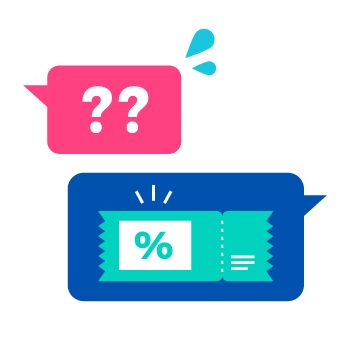 Here’s where you dial up the heat a notch or two.
Here’s where you dial up the heat a notch or two.
Sales emails, sales calls, squeeze pages, and webinars are your best friend at this stage. They cut through the fluff, push the benefits, calm their fears, and ask direct questions. Figure out common objections and curate some content to overcome them:
If they’re worried about price, then it’s time to offer a money-back guarantee and perhaps a flexible payment plan.
Not sure they’re making the right decision? Drum up some social proof like client testimonials and positive reviews.
If they’re expressing concerns about onboarding, then put them in touch with an onboarding manager or share the proposed timeline to get them set up.
Make it easy to say yes.
Finally, have a follow-up policy. Not everyone that makes it through your funnel will buy from you, but that doesn’t mean all is lost. In fact, they may be easier to sell to now that they’ve seen what you have to offer. It could have been timing or unforeseen circumstances. No matter the reason, you’ve got to find a cadence to keep in touch and keep their interest alive.
Are There Other Steps to the Funnel?
Many organizations have a final funnel level dedicated to retaining customers. Your work is far from over when they successfully convert. Now that they’re bought in and are part of your company’s ecosystem, they’re more likely to purchase again.
Turn that one purchase into 2, then 10, then make them a lifetime customer.
Start by expressing gratitude, requesting feedback, and end by making sure they know how to reach you again. You may have even earned the right to ask for referrals.
Mailshake is an integral part of crafting a successful sales funnel. Ditch the complicated outreach for something automated and easy-to-use. To see if Mailshake is the right fit for your company, reach out to our sales team to start a conversation.


